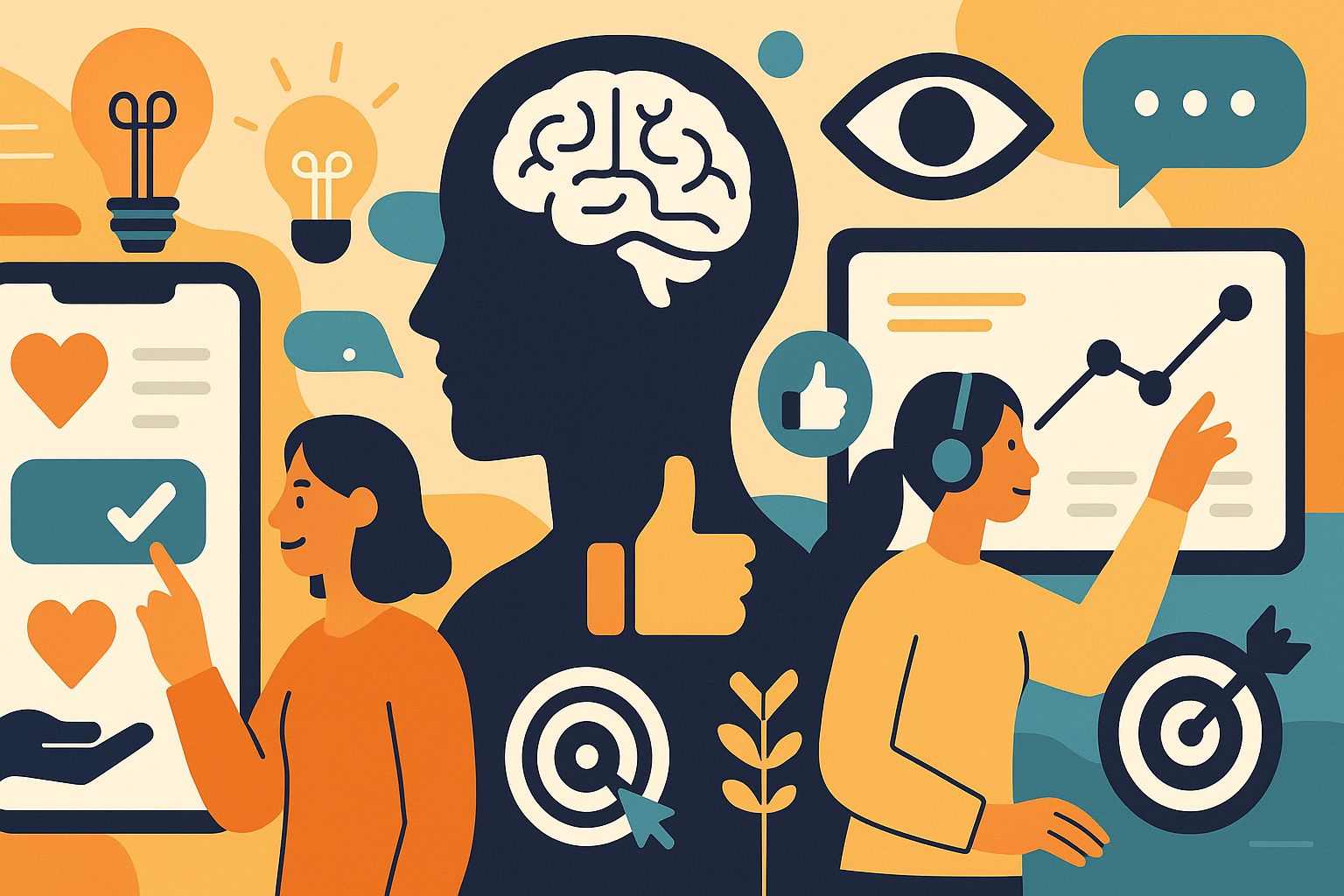The Psychology of Users: Crafting Truly Engaging Experiences
Home > Blog > The Psychology of Users: Crafting Truly Engaging Experiences

In today's dynamic digital landscape, merely building a functional product is no longer sufficient to capture and retain user attention. The shift from feature-centric development to a profoundly user-centric approach has become paramount. Understanding the intricate tapestry of human behavior, perception, and motivation is the cornerstone of creating experiences that truly resonate and stand out in a crowded marketplace.
At the heart of this evolution lies the discipline of user psychology. It delves into how individuals interact with digital interfaces, process information, make decisions, and form habits. By applying these insights, creators can design intuitive, enjoyable, and ultimately more effective digital solutions, transforming passive consumption into active engagement and lasting loyalty.
The challenge for any digital offering is not just to provide utility, but to forge a genuine connection. This connection is built upon anticipating user needs, addressing their pain points before they arise, and crafting pathways that feel natural and effortless. When an experience aligns with innate human tendencies, it feels less like using a tool and more like an extension of one's own capabilities.
Harnessing the power of psychological principles yields tangible benefits. It leads to increased adoption rates, fosters stronger user retention, and cultivates a positive emotional sentiment towards the product or service. This deeper understanding enables companies to move beyond superficial interactions, building a foundation of trust and satisfaction that encourages repeat engagement.
Texilonjys recognizes that technology's true potential is unlocked when it serves human needs with empathy and intelligence. Our approach is deeply rooted in studying how users think, feel, and behave, allowing us to engineer digital environments that are not just efficient but also profoundly satisfying. This commitment ensures that every interaction is meaningful.
This exploration will delve into key psychological concepts and their practical application in crafting digital experiences. We will uncover how subtle design choices can profoundly influence user perception and behavior, guiding us toward building products that are not only useful but also inherently engaging and delightful to interact with.
Experts frequently highlight the pervasive influence of cognitive biases on user decision-making. For instance, the 'anchoring effect' can subtly guide perceptions of value, while 'confirmation bias' dictates how users interpret information, often favoring data that supports existing beliefs. Acknowledging these biases is crucial for designing interfaces that anticipate and respectfully guide user choices, rather than exploit them.
A significant point of discussion revolves around the ethical boundaries between persuasive design and manipulative tactics, often termed 'dark patterns.' While guiding users towards beneficial actions is desirable, intentionally obscuring information or creating friction to achieve business goals without user consent raises serious ethical concerns. The consensus emphasizes transparency and user autonomy as foundational principles.
The role of emotional design extends beyond mere aesthetics; it acknowledges that feelings significantly influence user satisfaction and loyalty. Products that evoke positive emotions through delightful micro-interactions, thoughtful visual design, or even playful elements create a more memorable and cherished experience. This goes beyond pure utility, tapping into deeper psychological needs for pleasure and connection.
Social psychology also plays a vital role in fostering engagement. Concepts like 'social proof,' where users are influenced by the actions of others, or the principle of 'reciprocity,' encouraging mutual giving, can be powerful tools. Building features that facilitate community interaction and allow users to see the value derived by their peers can significantly enhance platform stickiness and foster a sense of belonging.
The ongoing challenge of balancing personalization with user privacy remains a critical debate. While tailored experiences can feel incredibly relevant and efficient, concerns about data collection and algorithmic transparency are growing. Striking the right balance requires clear communication, robust privacy controls, and a commitment to using data responsibly to enhance, not compromise, the user experience.
Understanding user psychology is not a static endeavor but a continuous journey of learning and adaptation. Human behavior is nuanced and ever-evolving, requiring designers and developers to remain agile, constantly observing, testing, and refining their approaches. The most successful digital products are those that consistently strive to understand their audience more deeply.
Ultimately, crafting truly engaging experiences stems from a profound sense of empathy. It involves stepping into the user's shoes, anticipating their needs, and designing with their emotional and cognitive processes in mind. This human-centered philosophy ensures that technology serves people in the most effective and delightful ways possible.
Texilonjys is committed to integrating these deep psychological insights into every solution we develop. Our goal is to create digital interactions that are not only functional and efficient but also inherently intuitive, emotionally resonant, and genuinely impactful, fostering lasting value for every user.
Kittichai Thammajaroen
This article provides a solid overview of why user psychology is critical in product development. The points on ethical design are particularly relevant in today's digital environment.
Wannisa Udomchat
I appreciate the breakdown of applications and the inclusion of limitations. It offers a balanced perspective on implementing these psychological principles.
Thawisak Nuanchai
The discussion on cognitive biases and emotional design really resonated with me. It highlights how much thought goes into creating a truly engaging experience beyond just features.
Kritsana Siriphong
Reply to 1: Thank you for your feedback! We believe ethical considerations are paramount in building trust and sustainable user relationships.
Kanthicha Kittidet
Reply to 2: We're glad you found the practical applications and their nuances helpful. Understanding both the benefits and challenges is key to effective design.